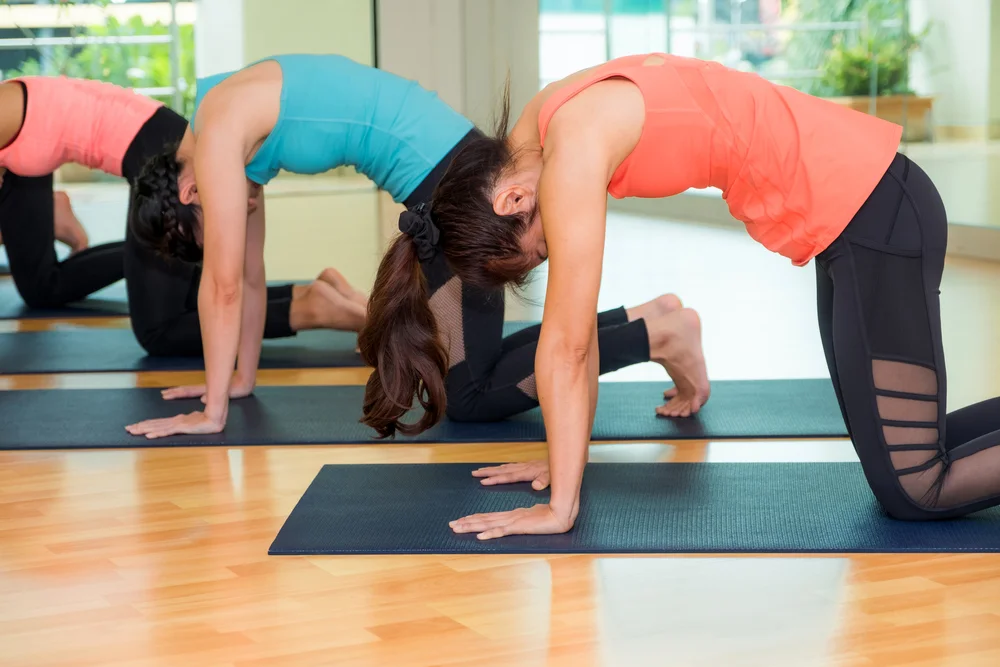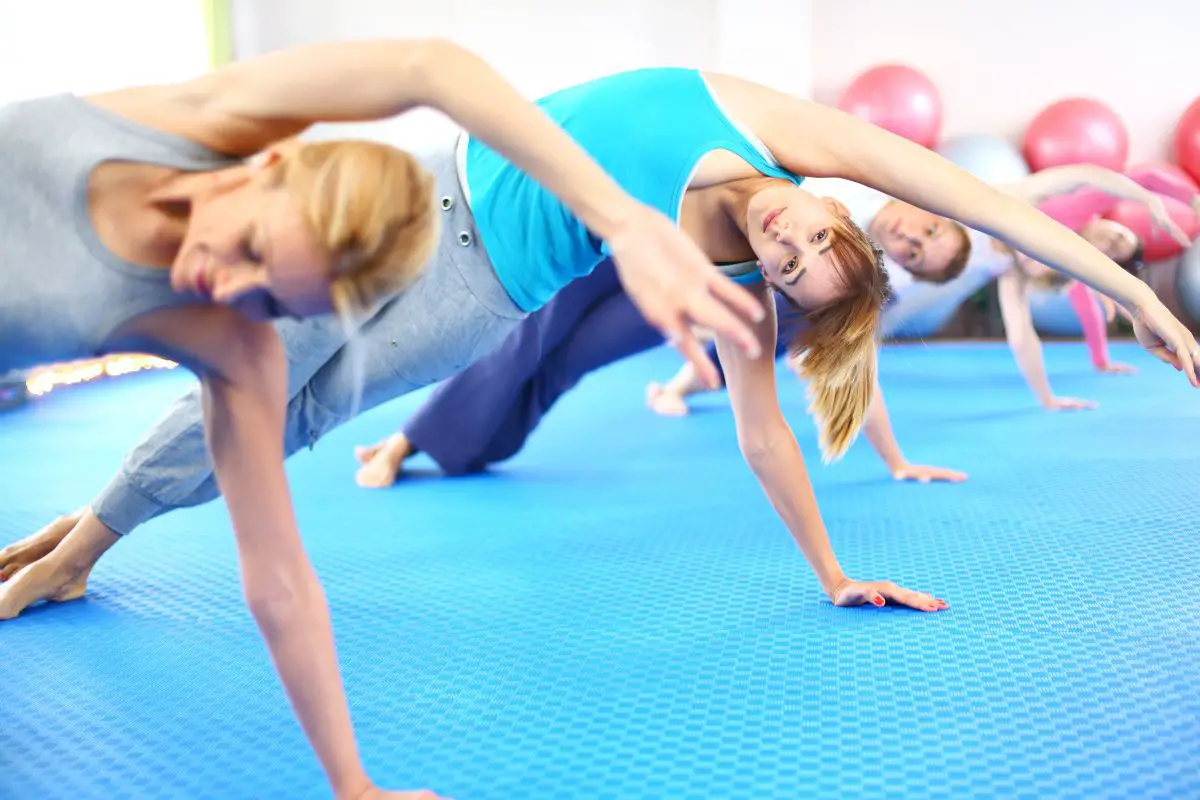Learning

Pilates and yoga have become synonymous over the years. The problem has become so intense that many people are unaware of the creation or history of this exercise, confusing it with the history of yoga.
Today we will get the information out there, so more people are learning about the amazing history of Pilates.
Joseph Pilates The Inventor Of Pilates
Pilates gets its name from Joseph Pilates, the German inventor of the exercise. He was born in 1883 and although his early life is a mystery to many of us, there were reports that Joseph was a frail child.
He was born with asthma and developed rickets throughout his childhood. At one point he was struck down with a rheumatic fever which would have left many people too ill to continue a physical occupation.
Joseph, however, was determined to be a gymnast. In fact, over his life, he became many things from a gymnast to a dancer, a skier to a driver. His life was a roller coaster ride which in 1912 led him to England where he worked as a self-defense teacher, boxer, and circus performer.
As you can tell, Joseph was an expert in movement and physicality, which is how he created this new exercise.
Pilates And The First World War
When World War I was announced, Joseph was in England. The British government decided to intern all German residents at the time, which means he was imprisoned without charges or the intent to charge for the duration of the war.
During his time locked away, Joseph began to develop his ideas around control and the body. He wanted to remain fit and in control, but couldn’t box out of fear of misunderstandings from the guards.
While interned, Joseph was allowed to work as a nurse, and during this time he was able to help people through his exercise techniques.
He would attach springs to the beds of his patients, to help them train their muscles while still bed-bound.
The effects were outstanding, as recovery times quickened and the pain was reduced.
When the war was over Joseph planned to share his discovery.
Is Pilates Connect To Hinduism?
Joseph Pilates wasn’t known to have a religious belief. Although Protestant Christians were the most common religious group in Germany throughout his lifetime, Pilates didn’t express a connection to the Evangelical Church or any other religion.
Many people assume pilates is connected to Hinduism because yoga is, however, although these exercises are similar to each other they were not created in the same way. Pilates is not a branch of Yoga, so the Hindi teachings you may find in Yoga will not be present in Pilates.
Pilates is not a Christan, Hindi, or spiritual exercise. It instead focuses on the mind and body.
If you had to categorize Pilates in terms of religion, the most accurate would be secular.
Is Pilates Connected To Yoga?
Pilates and yoga are very similar from a distance, but they do not focus on the same things. Both of these exercises focus on balance, flexibility, and mental health, and they do this through stretching, but that is where the similarities stop.
Yoga
Yoga is a spiritual activity based on Buddhism, Hinduism, and Jainism. It focuses on philosophy.
Through Yoga you can build muscle enough to lift your own body weight; you can become flexible by gaining elasticity in your joints; you can lose weight if you experience intense and vigorous classes.

Pilates
Pilates used to be called Contrology which can help you understand the main goal of this exercise – control.
Through Pilates, you gain increased core strength which helps with stability and controlled movements. You can also expect long and lean muscles, allowing you to stand up straighter and gain more defined abs.
Pilates is a full-body workout that aims to reduce weak points in every area of your body. Because of this, it is very impactful when recovering from physical injuries.
The Growing Popularity Of Pilates
After The First World War, Joseph moved to America where he opened his first studio. The studio was based in New York and although Joseph was a nobody in a new country it didn’t take him long to make a name for himself.
By 1923 his recovery workout routine was a hit. This was, of course, due to his fantastic ideas around the body and recovery, but the main reason for its popularity was his famous clients.
Dancers George Balanchine and Martha Graham were highly acclaimed dancers in their time, and their love for Joseph’s workout routine brought in dancers from near and far.
Dancers became his main clientele and his workouts became known as Contrology.
When Joseph returned to the UK, he was asked by the London School of Contemporary Dancers to show his Contrology methods.
The next year Joseph set up his first London-based studio. From then, Contrology became a well-known exercise routine for those in recovery.
When he passed away in 1967, the method changed its name to Pilates in his memory.
The Main Principles Of Pilates
For Joseph, the most important part of his exercise routine was to breathe correctly. Breath work allows you to connect to your health, your body, and your mind. Learning to breathe and follow your flow would help you access parts of your body that were unattainable before.
After breath work, the next important point is to concentrate. Learn how your body is moving, the areas of your body that are tight, and where any pain is coming from. Once you learn to listen to your body you will know where to focus your attention.
From there you need to focus on centering your body, and controlling your movements while performing through precision and flow.
To summarize, these are the 6 key principles:
- Breath Work
- Concentration
- Control
- Centering
- Flow
- Precision
Can You Become A Pilates Professional?
Looking solely at the United States of America, there is currently no professional regulation for Pilates. This means there is no official course or standardization process within the Pilates community.
The reason why Pilates is capitalized isn’t due to a trademark or official documentation, but instead because Joseph’s last name was Pilates.
Although the U.S. official federal court system doesn’t recognize any standardization with Pilates, the Pilates Method Alliance does.
PMA was created after the official court ruling creating a space for those within the community to learn the method, become teachers, and preserve the information Joseph taught.
This means official classes in universities or colleges will not teach Pilates, however, studios connected to PMA will contain approved and confirmed Pilates classes.
To become a Pilates professional you should contain a local studio within the Pilates Method Alliance.
Summary
Pilates is a relatively new stretching exercise that is not connected to yoga or Hinduism. It is a secular sport created by Joseph Pilates, and although it was named after him when he passed away, the stretching method was originally called Contrology.
This is because Pilates aims to control your breathing, gain core strength and control your movements.




